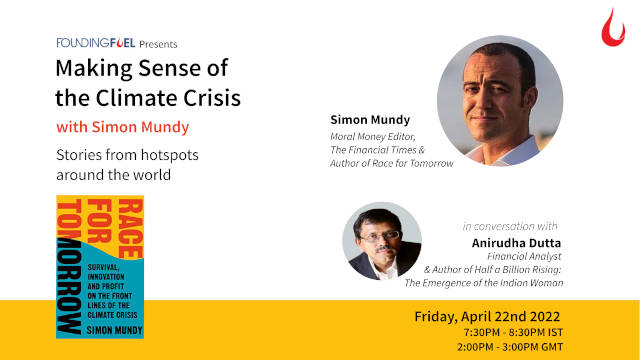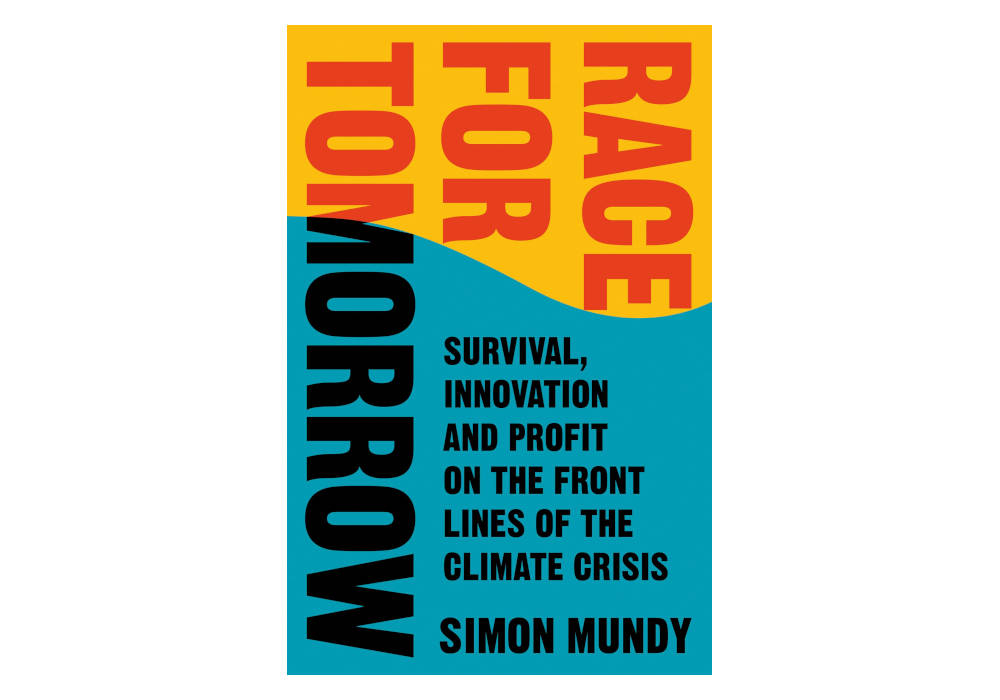‘India is the first of the hungry nations to stand at the brink of famine and disaster,’ William and Paul Paddock wrote, more than half a century ago. ‘By 1975 civil disorder, anarchy . . . and chaotic unrest will be the order of the day.’ The brothers’ bestselling book Famine 1975! was one of several high-profile prophecies that swept the intellectual circuit in the 1960s, proclaiming a wave of starvation closing down on India and other poor countries struggling to feed their burgeoning populations.
Tulsiram’s Jalna district played a part in helping India to avoid this fate. Even as the Paddocks issued their dire warning, a local engine oil salesman named B. R. Barwale was starting to make his mark in the agricultural sector. Barwale’s Mahyco was the first company set up to tackle India’s critical food shortage using new techniques discovered in the US. Scientists had crossbred grain types to produce ‘hybrids’ with dramatically increased yields, particularly when boosted by chemical fertilisers.
This ‘green revolution’ took India by storm and saved it from mass hunger − or at least from perpetual dependence on foreign food aid – by enabling huge increases in the amount of food that could be produced from a single field. But now, climate change is beginning to undo that progress. On current trends, the Indian government has warned, national farm output will fall by 15 to 18 per cent this century – in a country currently adding nearly fifteen million more mouths to feed each year.
‘The only reason I’m optimistic,’ Barwale’s daughter Usha Zehr tells me, ‘is because technology is available.’ She’s guiding me through Mahyco’s hulking cream headquarters, set amid well-watered lawns seven miles from Tulsiram’s fields. At the entrance, orange marigolds are draped over a portrait of Barwale, bald and smiling benevolently, who died eighteen months earlier. Usha has inherited her father’s cheery aspect, grinning and chuckling behind her rimless glasses. But at this corporate campus surrounded by struggling farmers, she is deploying some of the most controversial techniques of modern biotechnology.
In one brightly lit room, filled with the hum of expensive machinery, Usha shows me the elaborate torture inflicted on small leaf fragments to extract their DNA for analysis. In the final step, the battered tissue is spun in a centrifuge sixty times a second to reduce it to its constituent parts, including what the scientists are after: a vial of pure deoxyribonucleic acid, the stuff of life.
Usha was born in 1964, the same year Mahyco was incorporated. Barwale used his wealth to give her the higher education he never had: she left India at 17 to start fifteen years at US universities, and married Brent Zehr, a fellow plant scientist. The couple moved to Jalna in 1996 to take charge of Mahyco’s research department, where they led the company’s forays into the emerging science of genetic manipulation. With growing precision, scientists were now able to take a gene from one species and insert it into another. Want to tweak your new corn strain with a gene from another plant, a fish, even a human? It can be done.
After Brent’s death in 2007 from a rare cancer, Usha continued to drive Mahyco’s work in this field. And as climate change’s impact on Indian farmers grows increasingly severe, she’s become convinced that genetic engineering will prove crucial, creating new super-crops able to withstand increasingly extreme conditions.
For some experiments, Usha’s team deploys ‘gene guns’, which use compressed air to fire foreign DNA into a dish of plant tissue. For others, they use bacteria – inserting an alien gene into a simple microbe that then infects plant cells, transferring the gene in the process. The latest addition to the arsenal is the CRISPR gene editing system, which uses chemical reactions to slice open DNA and insert invented sequences never found in nature.
If all this sounds to you like dangerous God-playing, you are not alone. Usha and her entire industry are under fire from an energetic global campaign, fighting to block genetic tampering that activists say could present unforeseen dangers to human health and entire ecosystems. But global biotech researchers are defying the controversy, pressing ahead with work to apply genetic engineering against climate threats. Mahyco is among the groups working on GM cereals that could survive extended drought, and strains that can cope with the salty soil brought by rising sea levels in places like Gabura. Others are focusing on crops equipped to resist soaring temperatures, and the upswell of pests that they will bring. Mahyco’s partner Bayer, a global biotech giant, is already marketing Droughtgard, a genetically modified maize designed to survive intense water stress.
At Mahyco’s labs, we walk through a room pulsing with intense lighting, packed with tall shelves bearing countless petri dishes of genetically engineered crops. Energised by hormones, the plant cells grow initially into calluses, clumps of tissue no prettier than those formed on feet by ill-fitting shoes, which then sprout shoots and leaves for the inspection of technicians. It’s hard to tell which of the newborn blobs of matter is composed of rice cells, which of wheat or banana. But these ugly little life forms, Usha believes, could end up spawning crops with the traits needed to survive unprecedented climatic upheaval – and protecting the flow of food to millions of the world’s poorest people.
‘People say, God didn’t mean for that to happen,’ she says with a throaty laugh. ‘I say, God gave me a brain.’
[This excerpt from Simon Mundy's book, Race for Tomorrow, has been reproduced with permission from HarperCollins.]
Making Sense of the Climate Crisis with Simon Mundy

Come, make sense of the greatest story of our generation: Climate change.
The drama of this story is in the nuances and the play of conflicting ideas.
- Traditional ways of life are crumbling, but people are already adapting to change.
- Big corporations are leading solutions-driven projects—and the impacts could be positive and have a dark side to it.
- And all of it is already changing the world and geopolitics.
Simon Mundy’s reportage is impartial and driven by intriguing stories of people, communities and innovators from 26 countries around the world. He will be in conversation with Anirudha Dutta, financial analyst and author.
Where: Livestream on YouTube
When: Friday, April 22, 2022, 7.30 P.M. IST


